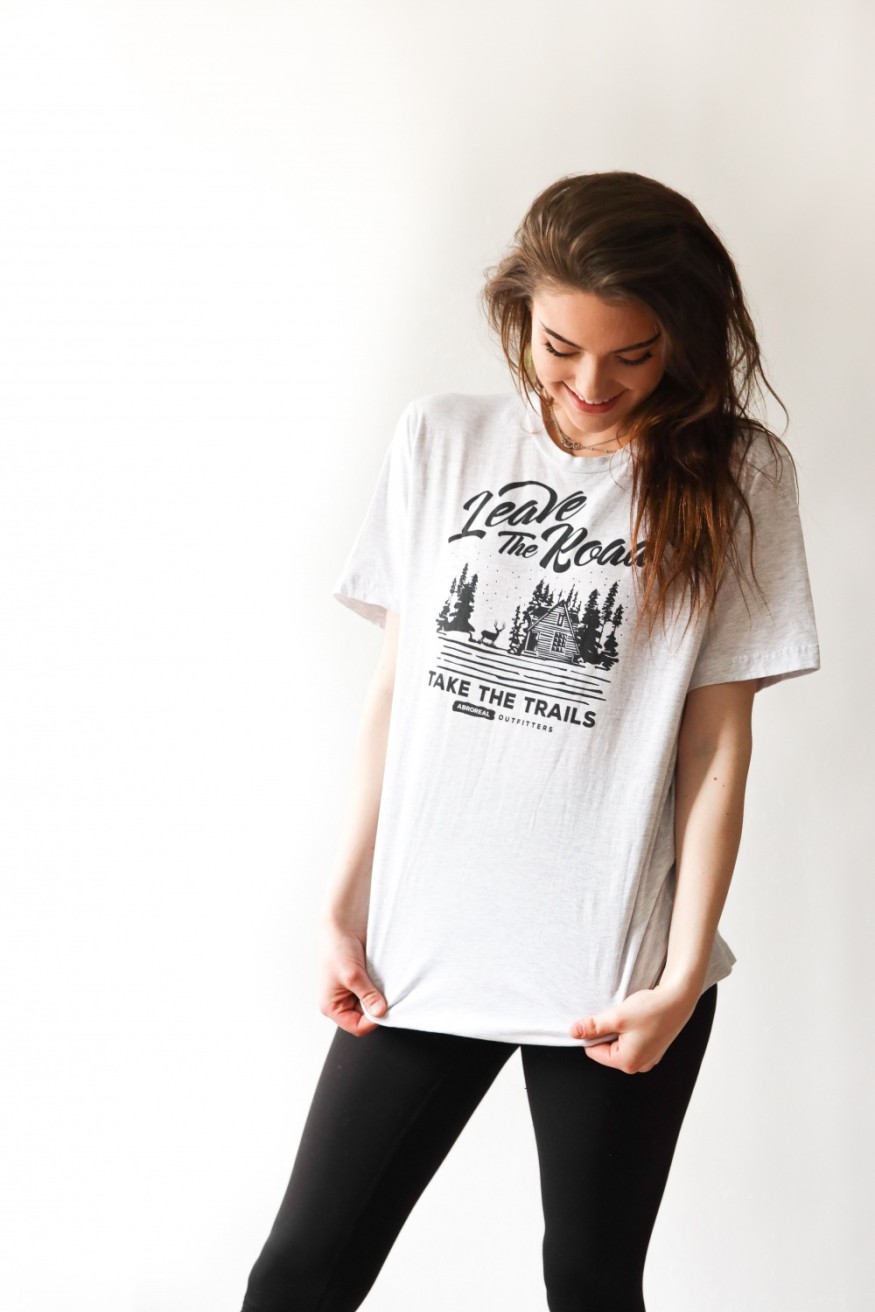
While most people will never know or care enough to know, there are multiple options available for printing on branded t-shirts. Typically, only brand managers looking to create merch for conferences, concerts, trade shows, and other similar events come across the different categories. In most cases, they're too confusing for them to understand on short notice, which is typically how long they have to make a decision.
If you're in any of those categories or any other situation that requires you to print shirts, after reading this article, you should know which option is best for you.
There are five shirt printing techniques:
Screenprinting
On-demand printing
Dye-sublimation
Heat press printing
Vinyl cutting
Of all the five, the two most common ones are screenprinting and on-demand printing. In most cases, you'll have to choose between companies offering one or the other. Depending on your situation, you'll soon learn which will be appropriate.
Screenprinting
This is the favored option with professional shirt printers because of the quality of the designs. It's also known as silkscreen printing.
Screenprinting requires a stencil and a nylon mesh to work properly. After the design is created, it's burnt onto a screen. Ink is then pushed into the cloth using a squeegee. Although it sounds simple in practice, it's a technical job that requires a certain level of expertise to carry out.
Even with automated printers, the bulk of the work time is spent setting up the screen for printing. Once that's done, the screen can print out hundreds of shirts per hour. The ability of screenprinters to print multiple shirts in a short period is one of the reasons why it's popular.
Screenprinting also produces very high-quality print. The colors produced by the process are noticeably more vibrant than with on-demand printers. The print designs also feel softer and last longer, especially when water-based ink is used.
The method is used mainly by companies that need to produce big numbers of t-shirts. As highlighted earlier, most of the time spent working is used to set up the screen. The implication is that the same effort goes into printing one shirt as is required to print 1000. You can check here to find out how wholesale screenprinting companies work: https://thrivescreenprinting.com/
Being able to print multiple t-shirts with minimal effort also means that the shirts can be gotten cheaper. If you can find someone to handle fulfillment and deliveries, you may be all set up to have your own dropshipping business.
On the flip side, the difficulty in setting up for screenprinting means that it's very difficult for people with smaller needs to access screenprinting. Most screenprinters don't take on jobs of less than 20 shirts. Screenprinting is also inadequate for photorealistic images. While it's possible to print complex images, it requires a very tedious process of combining several screens and will require an expert's input to create clear pictures.
On-demand printing
While screenprinting has a manual preparation before the printing starts, on-demand printing is a fully automated process. It's also known as direct-to-garment printing. It's fondly referred to as the desktop document printer equivalent of shirt printing.
Once you're armed with a textile printer and ink, you're good to go. You just have to upload the design on the printer software on the computer, which may require some skill to do. After uploading, the printer will proceed to print the design on the shirt.
With most modern on-demand printers, you can synchronize them to a store (if you have one), and once a customer makes an order, the printer will begin printing the shirt. This reduces the production time lag and also helps merchants avoid having a leftover inventory of outfits.
On-demand printing is also useful for making small batches of outfits, or even single outfits as the case may be. They also produce good-quality designs with great detail, an added advantage of digital printing. The lack of prep when compared to screenprinting also means it's quick and easy to set up.
That said, on-demand printing doesn't always represent good value for money. As the cost for printing stays fairly constant for each shirt, it may run too high for anyone looking to sell the shirt for a profit. Also, while the print quality of on-demand systems is typically good, it's less vibrant than screenprinting. In some cases, manufacturers of on-demand printers advise users not to use them with dark fabrics. This is because darker fabrics absorb print colors, making them darker, too. The colors also tend to fade faster than with screenprinting.
Which option is best for you?
The decision on which one to go for should be much easier to make now that you know the differences between them. However, we've included a couple of pointers to help you further clarify your choice. There are X questions to answer that will help you make your choice clearer.
How many t-shirts do you need?
As has been highlighted from the qualities of both, screenprinting is ideal for people or brands looking to make wholesale shirts. This includes brands looking to sell merchandise, companies stocking up on employee gear, and volunteer t-shirts for NGOs.
Are you looking to sell the shirts?
If you're looking for a method that allows you to make the most profit on your outfits, then you should be looking toward screenprinting. The fixed cost of on-demand printing means that it's not ideal for people looking to sell multiple versions of the outfit for a profit.
Will you need different designs?
The digital nature of on-demand printing means that it can make photorealistic prints on the shirts. It also allows users to upload multiple images to the computer and print as they want. If you're a designer experimenting with a lot of designs, on-demand printing can be a good way to test your ideas before going on to wholesale production.
© 2025 NatureWorldNews.com All rights reserved. Do not reproduce without permission.





